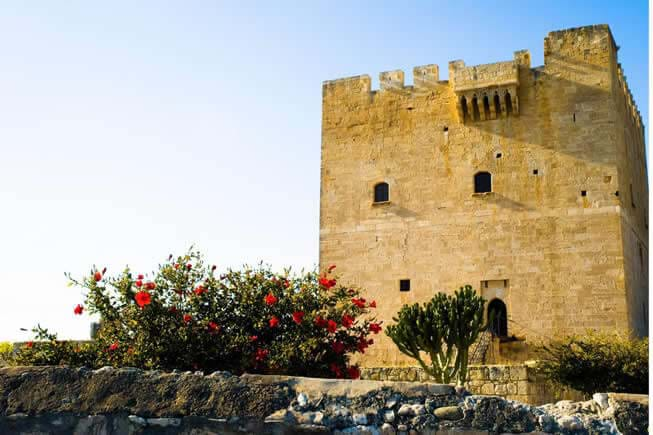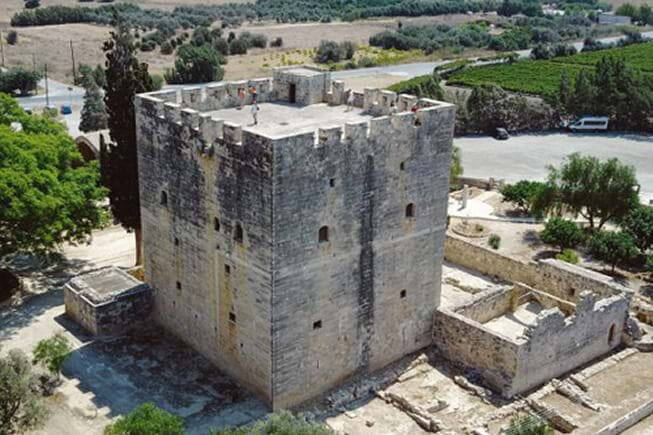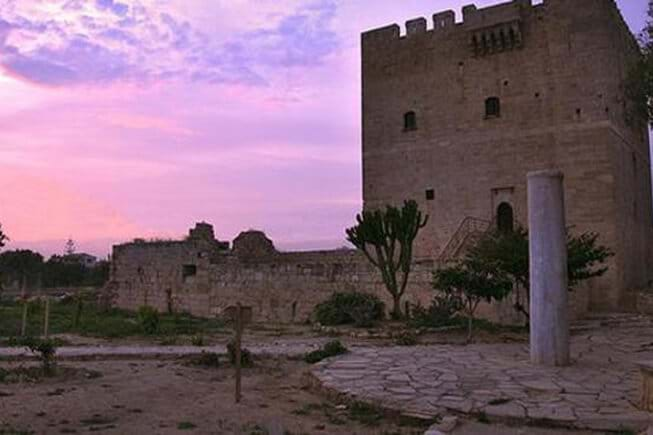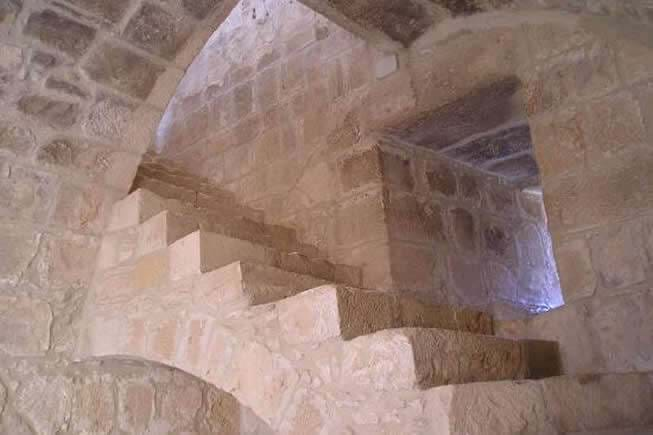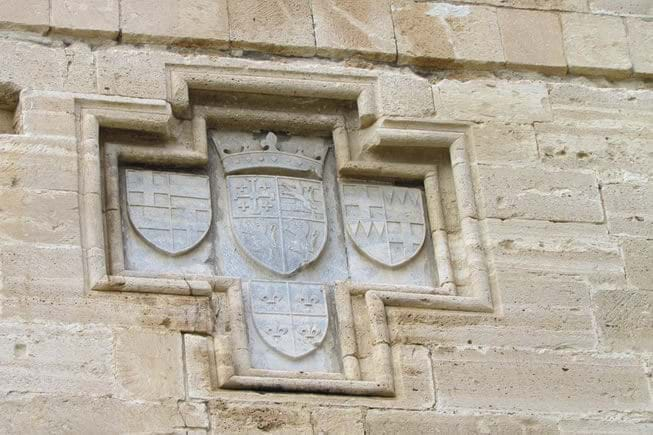The Kouris River valley, 14 kilometres west of Limassol, has long been prized for its fertility; among the crops planted there have been sugar cane, grapes, and grains. In 1210, the Lusignan King Hugh I granted the lands to the Knights of the Order of St. John of Jerusalem, and they built a castle to serve as headquarters for their Grand Commander. The original structure suffered extensive damage in the early 15th century from attacks by the Genoese and the Mamelukes and from earthquakes. In 1454, Grand Master Louis de Magnac rebuilt the castle; this structure, alongside ruins of the original, stands today. Visitors pass over a drawbridge to enter the castle’s first floor; as you enter, look up to see the machicolation, a set of defensive spouts that were used to pour boiling water, oil, and tar on invaders. The first floor was probably used for worship and entertaining; seek out the 16th century wall painting showing the crucifixion and Magnac’s coat of arms. Upstairs you will find two sleeping rooms with fireplaces. The rooftop is designed for observing the plantations and harbour and includes defensive battlements. Next to the castle are the remains of an aqueduct serving a 14th century mill for grinding sugar cane. The ground cane was refined in the vaulted building next to the mill. Known as a commandery, the castle gave its name to Commandaria, the sweet wine favoured by Richard the Lionheart and considered the oldest named wine in the world. Visit Kolossi and discover Cyprus’s medieval past.
